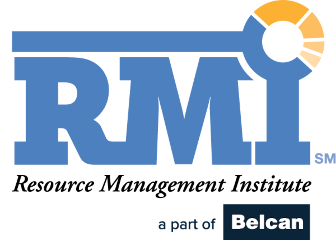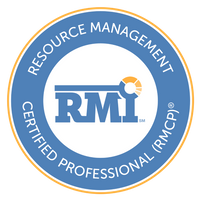Resource (and Workforce) Management (RM) across many industries is receiving increased attention as more companies realize the many benefits of better managing supply and demand of human capital. The current pandemic has also disrupted our traditional ways of communicating, collaborating, and delivering services, once again putting the spotlight on the strategic nature of resource management. Since services are the lynchpin for successful IT solutions, the strategic value of RM is becoming increasingly clear, but industry adoption of what is needed to extract real value from RM is lagging.
So how would someone know if RM is really considered strategic in their company? Here is a quick litmus test to answer that question for your company:
A recent RMI survey that asked the question “Is RM considered strategic by your company’s C-suite?” revealed that 52% do consider it strategic. No attempt was made to validate survey responses using our litmus test. But given the tremendous strategic advantage RM can provide, here are five reasons RM should be strategic in your company:
1. Gaining superior business agility: Let’s face it services is people intensive and the glue to our project-based solutions. This means having the ability to consistently field the right person with the right skills in the right place at the right time will be mission critical. Most companies are challenged at some level to do this with too much manager intervention, email, and phone tag involved.
2. Good RM leads to better business economics: Substantial research from the RMI, and other sources, exists to confirm that good RM leads to improved project performance (more efficient, better margins, fewer cost overruns), better resource utilization, lower customer acquisition costs, and improved employee engagement leading to better employee retention of the right people.
3. Enabling an improved and consistent customer experience: The lifecycle of every customer engagement is a series of interactions each requiring getting the right person in the right place at the right time. The ability to do this consistently invariably leads to a better customer experience.
4. Retention of the best people: Creating an environment for improved employee engagement (at scale) is a natural extension of your RM processes. Recent RMI research revealed how important it is for companies to listen to employee wants and needs when it comes to their career and the kind of work they would like to do. Finding better balance then in how we allocate people to work, a balancing of both economic needs of the company with employee wants and needs, leads to improved employee engagement and ultimately retention of your best people.
5. RM is Your Foundation For Strategic Labor Planning: RM by nature is data intensive. Armed with forward looking (a good forecast) and historical data, today’s technology can provide real-time insights on how to better plan for, acquire, and deploy talent to meet service demands. The future will belong to those service organizations which leverage RM for strategic labor planning.
At our recent RMI Connect event I spoke for nearly an hour on this subject. If you are interested in learning more, see the recorded presentation at https://resourcemanagementinstitute.com/rmi-connect/.
Good luck with your Resource Management initiatives!




